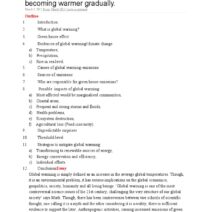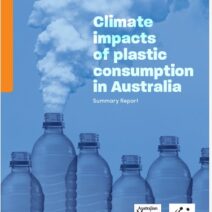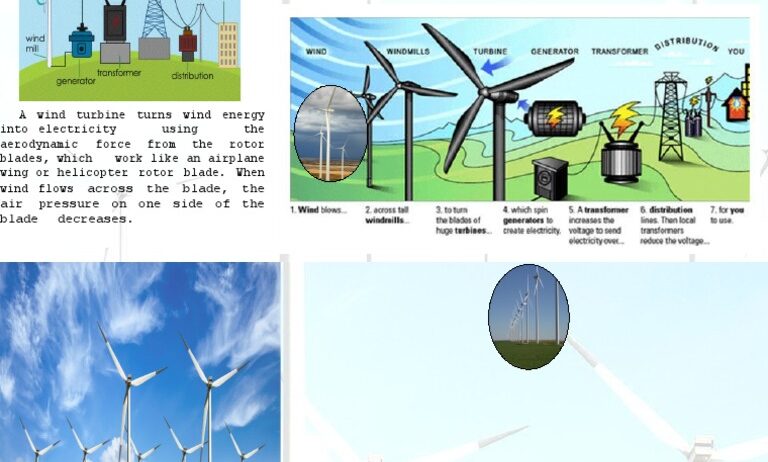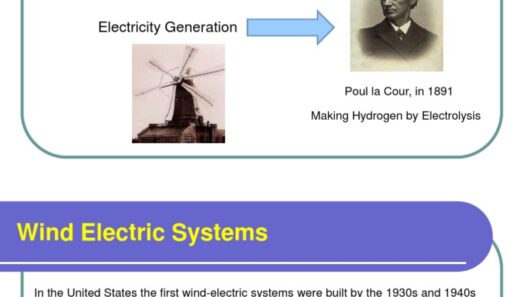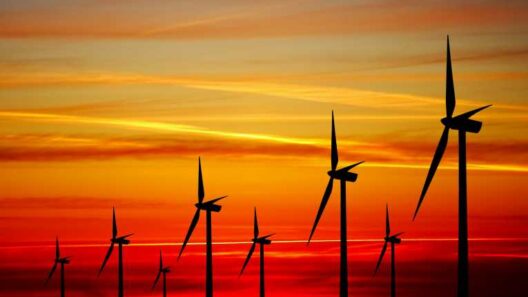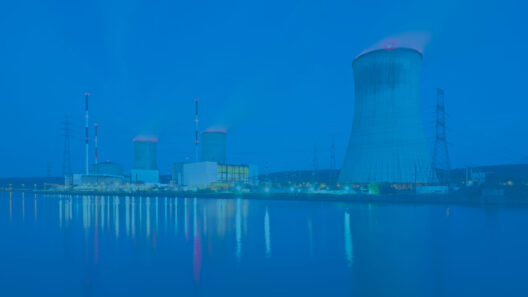Wind energy has emerged as one of the most compelling forms of renewable power in recent decades. Despite the intermittent nature of wind, it offers a plethora of advantages that make it an alluring choice for an energy future. The advantages of wind energy extend beyond merely being a green alternative; they encompass a complex interplay of economic, environmental, and social dimensions. As we delve into the juxtaposition of these advantages, it becomes increasingly apparent why wind power is considered a pivotal resource in the renewable energy arsenal.
**Harnessing Nature’s Power: Environmental Benefits**
One of the most significant advantages of wind energy is its minimal environmental footprint. Unlike fossil fuels that release copious amounts of carbon dioxide and other greenhouse gases into the atmosphere, wind energy generation produces no direct emissions. This aspect makes wind power an exemplary option in the fight against climate change, as it assists in alleviating the anthropogenic pressures on our planet.
Additionally, wind farms occupy relatively small land areas compared to conventional energy infrastructure. While traditional energy generation methods require expansive tracts of land for mining and drilling, wind turbines can be installed on agricultural and grazing lands, promoting dual land use. This synergy allows livestock to graze amongst the turbines, thereby yielding agricultural benefits without necessitating land degradation.
Furthermore, wind energy contributes to biodiversity conservation. The psychological burden of pollution and habitat destruction associated with fossil fuel extraction is alleviated with the installation of wind farms. Wind power offers a sustainable method that allows ecosystems to thrive while meeting energy demands.
**Economic Viability: Wind Energy’s Financial Advantages**
Wind energy is not only an environmental boon but also a financial one. The cost efficiency of wind power generation has significantly improved in the last two decades, making it one of the most economical energy sources available today. The cost of onshore and offshore wind has plummeted due to advancements in technology and economies of scale. Consequently, it has become competitive with—if not cheaper than—traditional fossil fuels in numerous markets across the globe.
Moreover, wind energy has the potential to create jobs. The development, installation, and maintenance of wind turbines provide employment opportunities in multiple sectors. According to various studies, wind power has led to the creation of hundreds of thousands of jobs, from engineering roles to manufacturing positions in affiliated industries. This job growth is particularly paramount in rural areas where wind farms are often located, stimulating local economies and invigorating communities.
Another critical economic advantage stems from the stability of wind energy prices. Unlike fossil fuels that are subject to volatile market fluctuations, the operational costs of wind farms are relatively stable. Once established, wind energy systems operate at predictable costs, providing consumers and businesses with a reliable energy source that shields them from the erratic pricing of conventional energy sources.
**Social Impact: Engagement and Community Benefits**
Beyond economics and environmental considerations, wind energy engenders social improvements that cannot be overlooked. The communal engagement surrounding wind farm development fosters a sense of ownership and shared responsibility among local populations. Many wind farms are constructed as community projects, encouraging resident participation in energy generation, which strengthens community bonds and enhances local governance.
Moreover, wind energy promotes energy independence. As nations strive to lessen their reliance on imported fuels, wind energy presents an opportunity for self-sufficiency. This not only fortifies national energy security but also mitigates geopolitical tensions associated with oil and gas supply chains. Countries rich in wind resources can harness their advantages to reduce foreign dependencies, therefore bolstering national pride and economic resilience.
The educational implications of harnessing wind energy further augment its societal benefits. As communities engage with renewable energy projects, they gain insights into sustainable practices, scientific advancements, and the broader implications of climate change. Education sparks awareness and advocacy, building a generation that prioritizes and respects environmental stewardship.
**The Road Ahead: Challenges and Considerations**
Although the advantages of wind energy are manifold, it is crucial to acknowledge the challenges that accompany its implementation. Intermittency, for instance, poses a significant operational hurdle; wind does not always blow when demand peaks. However, advancements in battery storage technology are gradually mitigating these limitations, enabling a more reliable integration of wind power into the larger energy grid.
Additionally, while wind farms are generally perceived positively, aesthetic concerns and impacts on local wildlife, particularly birds and bats, have emerged as contentious issues. Thoughtful planning and technological innovations, such as bird-friendly turbine designs and strategic siting, can address these concerns while sustaining the benefits of wind energy.
In summation, wind energy represents a confluence of advantages that address pressing environmental, economic, and social issues. From its role in mitigating climate change to its potential for job creation and community engagement, wind power offers a gateway to a sustainable future. Understanding these advantages fosters appreciation for this remarkable resource, underlining its importance in the ongoing transition to a cleaner, renewable energy landscape.

